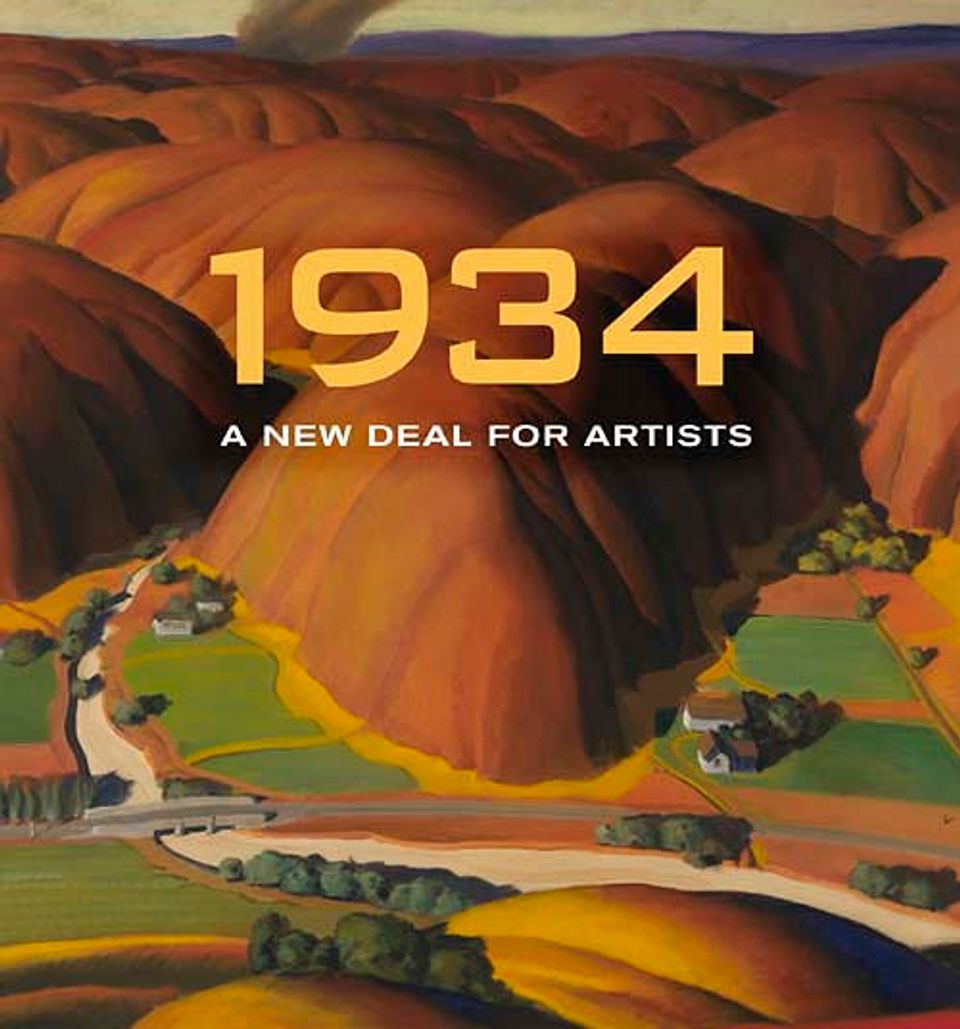Artwork Details
- Title
- Lumber Industry
- Artist
- Date
- 1934
- Location
- Not on view
- Dimensions
- 24 1⁄8 x 29 7⁄8 in. (61.3 x 75.9 cm)
- Credit Line
- Transfer from the U.S. Department of Labor
- Mediums
- Mediums Description
- oil on canvas
- Classifications
- Subjects
- Occupation — industry — lumber
- Architecture — industry — mill
- New Deal — Public Works of Art Project — Tennessee
- Object Number
- 1964.1.154
Artwork Description
Logging crews returned to southern forests and logs poured into reopened saw mills like the one portrayed by William A. Cooper. Cooper, an African American minister who used art to explore the character and situation of his race, specialized in portraits. While this painting stresses not people but machinery such as the cranes and chute that take lumber into the sawmill, it might easily escape our notice that many of the workers in mills like this one were black. The white plumes from steam-driven band saws and the piles of logs ready for sawing were welcome sights for Cooper's southern African American community and their white colleagues.
1934: A New Deal for Artists exhibition label














